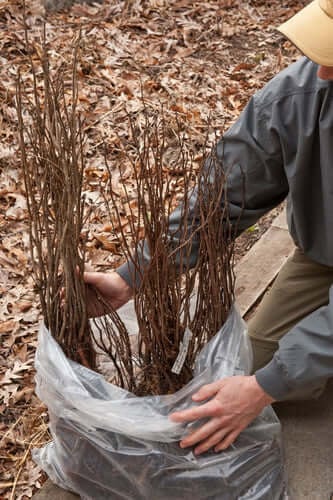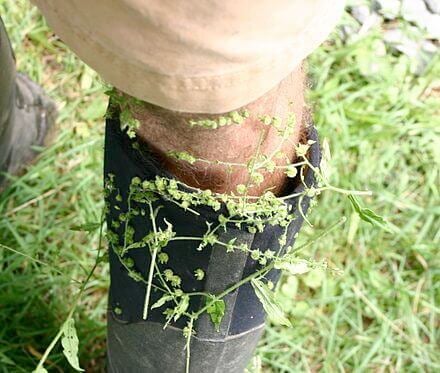Anyone who grew up in a rural area of the United States, especially the eastern United States, has probably, at one time or another, while wandering the forests and fields, had a run-in with a sticky customer called the beggar tick, or beggar lice plant.
Quite a few of us who were children of the countryside have memories of spending long summer hours picking the seeds of these common plants from our clothes.
The beggar tick is a prevalent and familiar plant because its seeds are encased in achene burrs which cause the seeds to stick to clothing, fur, or feathers. Thus it is a guarantee that the plant will be distributed by practically any animal it comes in contact with. Though walking through a field and coming out with hundreds of tiny black seeds stuck to your clothing can be annoying, the plants are otherwise innocuous. They can even be considered quite beautiful during the flowering season. Many of the beggar tick varieties remain common, yet a few varieties, such as the Estuary beggar tick, are endangered. In days past, the beggar tick was considered to be a pest plant and was often destroyed as much as possible, but with the advent of modern horticultural practices, this may be about to change.
In days past, if a person wanted to be a successful gardener, they were required to specialize in growing strange and exotic flower varieties. Structured, well-spaced garden areas were the norm, and no gardener in their right mind would ever consider planting a nuisance species in their garden. Nowadays, many people are beginning to recognize that species native to the area always grow better than exotic varieties and can be just as beautiful to behold. Native plant life, whether daffodils, cattails, or even the standard and much-maligned beggar tick, is best for the gardener and the environment.
Source to Buy a Variety of Wholesale Plants
https://www.tnnursery.net
Read more

Bare Root Plants are the ones that are not actively growing and are in a dormant state. They are dug out of the ground to put into dormancy, and when they have planted again, they adapt to the new ...

Growing Coontail Plants in your PondSuppose you have a backyard pond with fishes, ducks, or other aquatic animals. You might have considered giving them a natural habitat to live in. One plant that...


